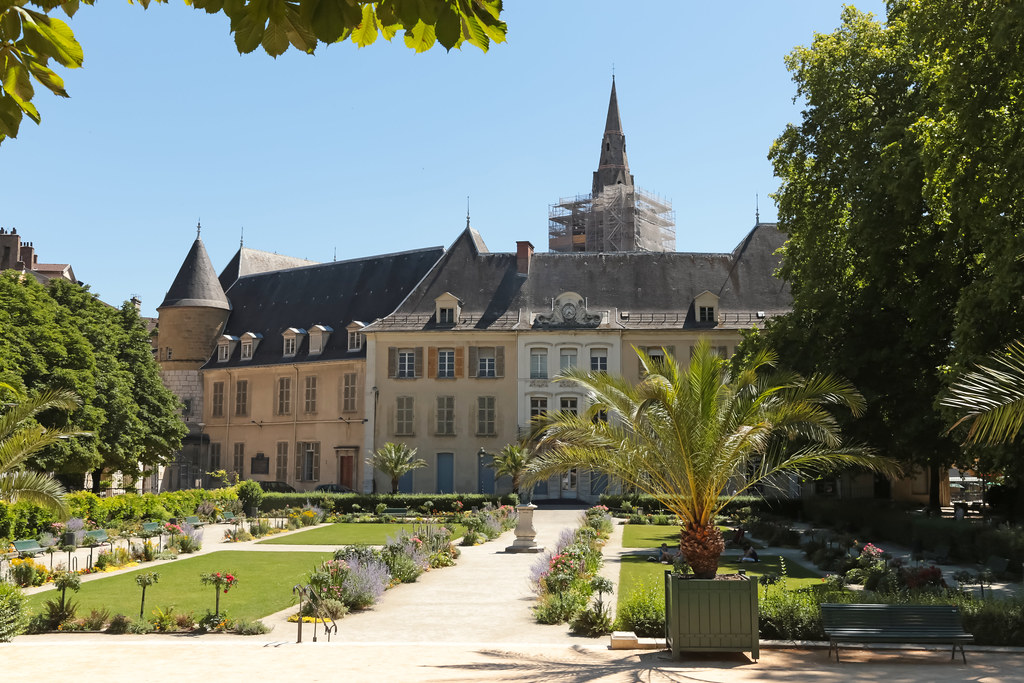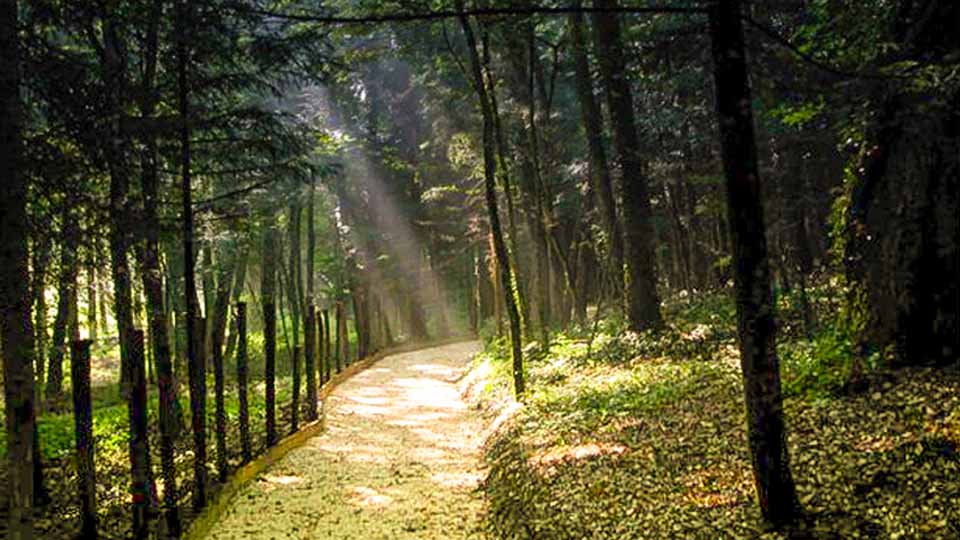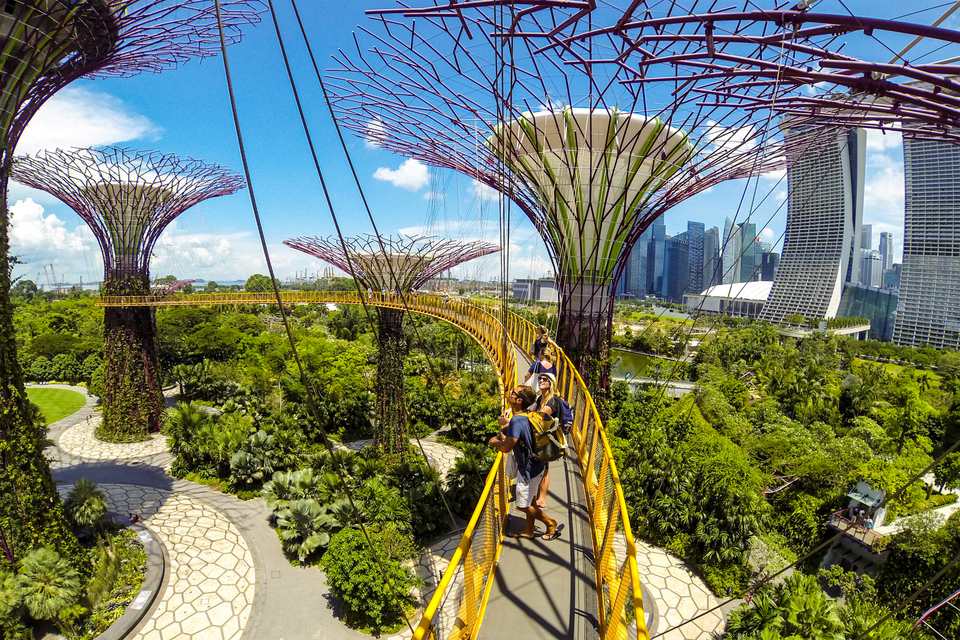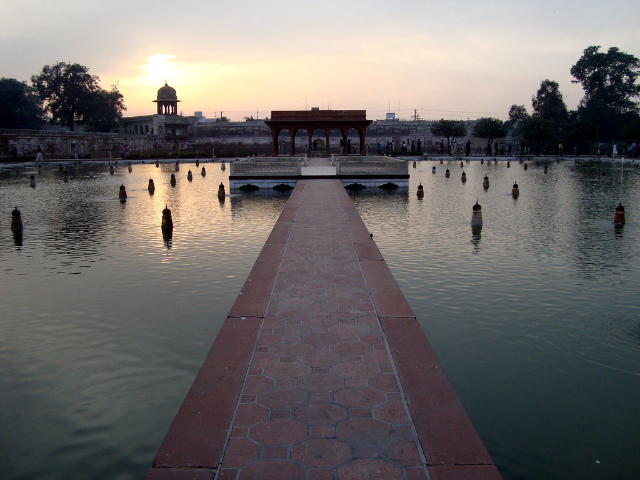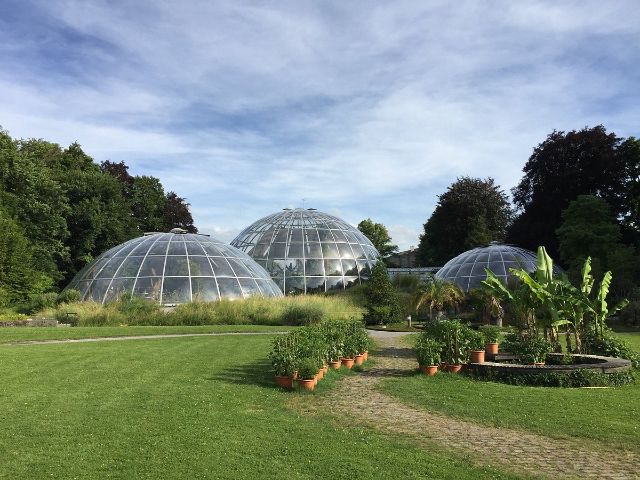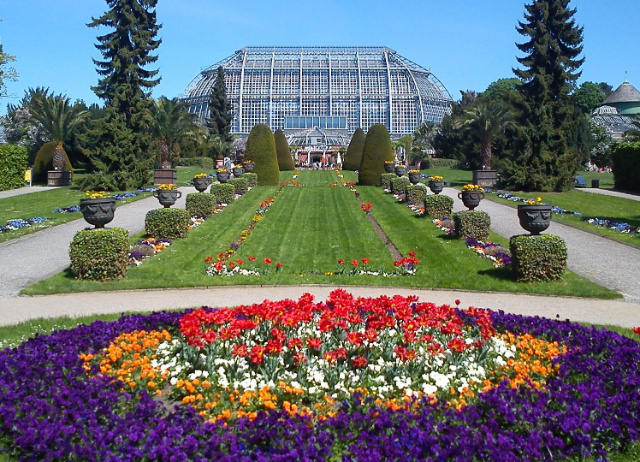Jardin de Ville is a very famous garden and was formerly the private property of the Dukes of Lesdiguières. It became a public park only in 1710. It is ideal for those who love nature, take a walk in total tranquility, have a picnic or simply relax on the lawn in the company of friends and family. The site it occupies has been known since the Middle Ages as "Prés de la Trésorerie". It was used for fairs and was transformed into a garden when important guests passed through.
It was developed at the beginning of the 18th century by the governor of the Dauphiné, François de Bonne, Duke of Lesdiguières, who chose to build his residence in the immediate vicinity (Hôtel de Lesdiguières, currently occupied by the Maison de l’International and the Jardin de Ville library). Through a subtle interplay of terraces, the garden is isolated from the Isère to the north and the Draquet (a branch of the Drac with sudden floods) to the west. It is composed of flowerbeds, orange trees, lemon trees, myrtles, Spanish jasmines and laurels in basins, a wood (southern part), walks, corridors, espaliers of fruit trees and fountains.
In 1719, the city of Grenoble acquired the gardens, the palace and its outbuildings. The palace then housed the town hall and the gardens, which had been private until then, were open to people of "distinction" and forbidden to ordinary people. Major redevelopment work was undertaken. The old trees were felled and replaced by 900 trees, including 200 broadleaf lime trees. The woodland (southern part) was entirely renewed in 1736 and the paths were restored.
As the garden was rearranged, it evolved from the classical to the romantic style. The sunken garden beds, which had been closed to the public until then, were opened to the public in 1867. The forest was redesigned for a horticultural exhibition as an English garden with a fountain (the Torrent – a fountain originally located in Place de la Constitution), a stream, rock gardens, and beds of trees, shrubs, and flowers.
World War I and the depression of the 1930s left the park in a state of neglect. The landscaped garden, its rockeries, and fountain were removed prior to World War II.
In the 1980s, the City launched a project to restore the Jardin de Ville: diseased trees were felled and replaced; the paths and the area at the foot of the two-hundred-year-old plane trees were restored; a large playground was created.
This very popular garden is bordered by important Grenoble heritage buildings, in particular the Gagnon apartment – Stendhal Museum, the Roman wall, the Hôtel de Lesdiguières and the cable car.
